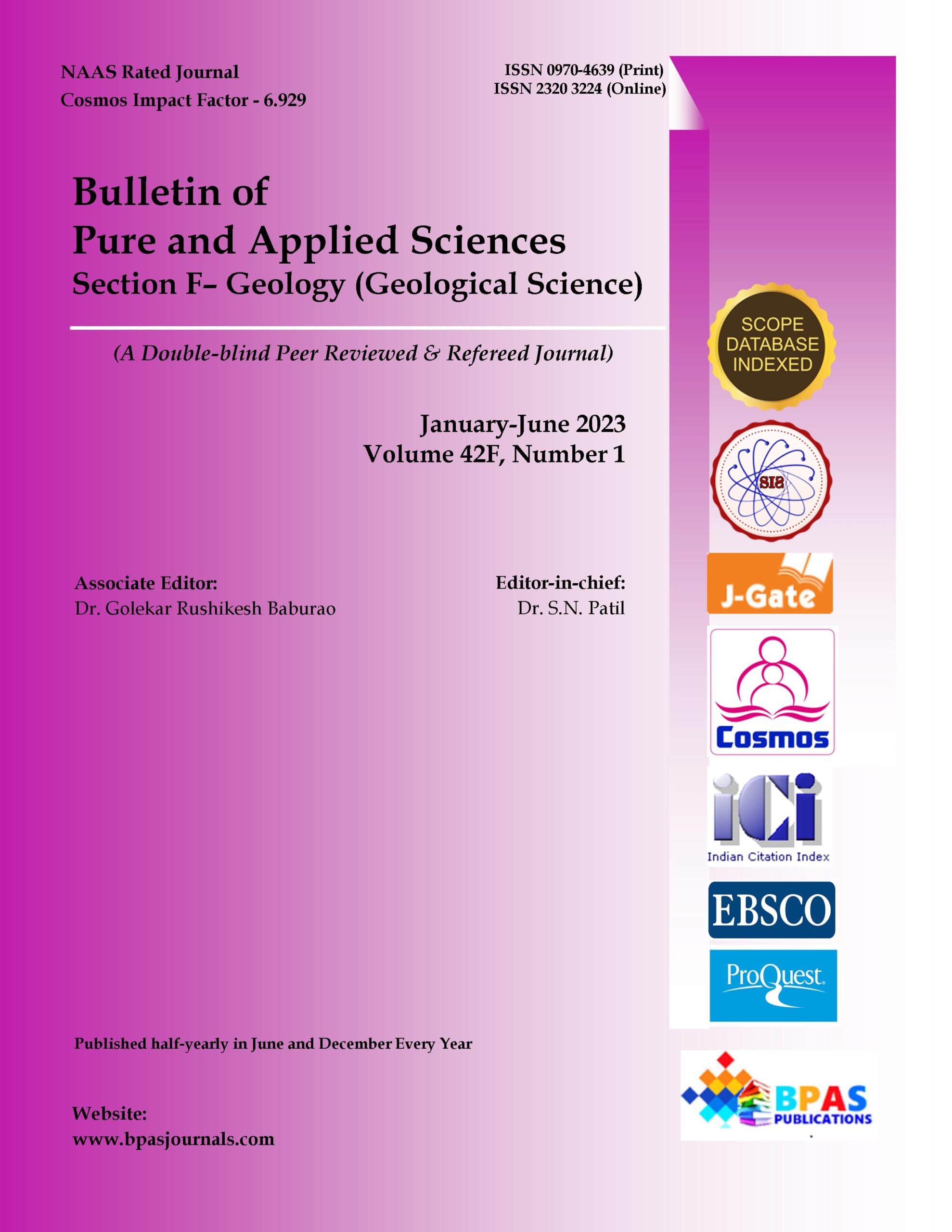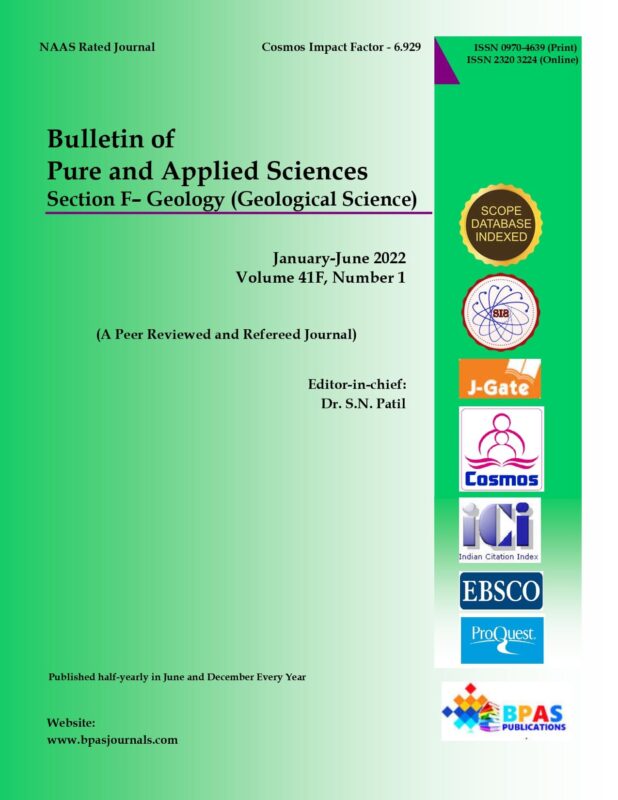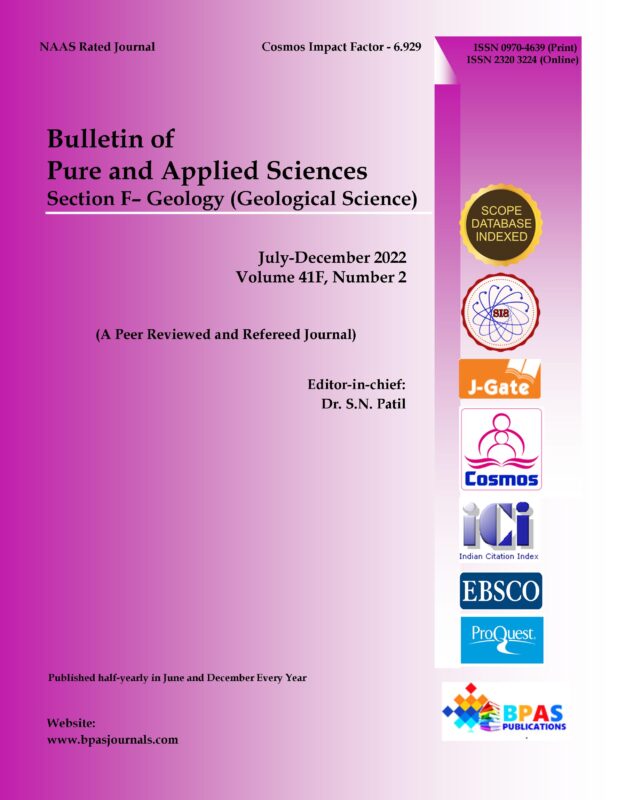Magma Mingling and Mixing evidence from Kyrdem Granitoids, Meghalaya, India
9.38$
1S. Kavita Devi and 2Harel Thomas*
| Bulletin of Pure and Applied Sciences.
Geology (Geological Science), Vol.42F, No.1, January-June 2023: P.10-19 |
| Original Article
DOI: 10.48165/bpas.2023.42F.1.2 |
Categories: 42F(1), JAN-JUN 2023, BPAS-Geology
Description
Description
Magma Mingling and Mixing evidence from Kyrdem Granitoids, Meghalaya, India
1S. Kavita Devi and 2Harel Thomas*
| Author’s Affiliations:
1Department of Geology, Mizoram University, Mizoram, 796004, India 2Department of Applied Geology,School of Engineering & Technology, Dr. Harisingh Gour Vishwavidyalaya (A Central University), Sagar, Madhya Pradesh 470003, India
|
|
| *Corresponding Author: Harel Thomas, Department of Applied Geology,School of Engineering & Technology, Dr. Harisingh Gour Vishwavidyalaya (A Central University), Sagar, Madhya Pradesh 470003, India
E-mail: hthomas@dhsgsu.edu.in
|
|
(Received on 20.09.2022, Revised on 14.11.2022, Approved on 02.02.2023, Accepted on 11.02.2023, Published on 15.06.2023)
|
Abstract
The Kyrdem Granitoids (KG) pluton covers an area of about 230 sq. km. in the Ri-Bhoi district of Meghalaya. The KG (479±26 Ma) which intrudes the Shillong Group of metasediments represents one of the granite plutonism episodes of Meghalaya plateau. Mineralogically, KG can be grouped into coarse-grained porphyritic granite with grey and pink K-feldspar phenocrysts and aplite without phenocrysts. The aplite intrudes the porphyritic one as small pulses at several places. KG exhibits textural evidence for magma mixing and mingling during its evolution. Two types of enclaves are hosted in the KG viz. the country rock xenoliths and the microgranular enclaves (ME). Xenoliths which include amphibolites, granite gneiss, and quartzite of the Shillong Group are noticed in the porphyritic granite of KG. Microgranular enclaves (ME) hosted in KG are confined to the porphyritic granites and they are absent in the aplite. They are mesocratic to melanocratic, fine to medium grained and range in size from a few centimeters to a few meters. The ME shows different shapes ranging from subrounded, ovoid, and discoidal to ellipsoidal. The contacts between the host rock KG and the ME are sharp but occasionally diffused contacts are also noticed. In some cases, the ME shows finger-like projections with a convex face towards the host rock. Elongated, tabular, and sub-rounded K-feldspar megacrysts with a corroded margin are observed in the ME. These K-feldspar megacrysts commonlyresemble those that of the host rock. The above features suggest the origin of KG by magma mixing. Furthermore, textures including quartz ocellli, acicular apatite morphology, inclusion zones in feldspars and mafic clots also indicate that magma mingling and mixing plays a significant role in the evolution of KG.
Keywords: Kyrdem Granitoids; Microgranular Enclaves; Magma Mingling And Mixing; Meghalaya; Quartz Ocelli.



